Agfa Isoly 100
One day I realized myself unable to live with the terribly soft plastic lens and distortion around the edges of photo produced by Kodak FunSaver, while still needing somthing similarly compact and portable, so I made the mistake to have bought the Agfa Isoly 100.
Isoly 100 is probably a bit better than FunSaver. But if it had to step up, it had to step wa~y up. Anyway, between then and AGAT 18K, Isoly 100 was my most portable camera to bring out for various outings.
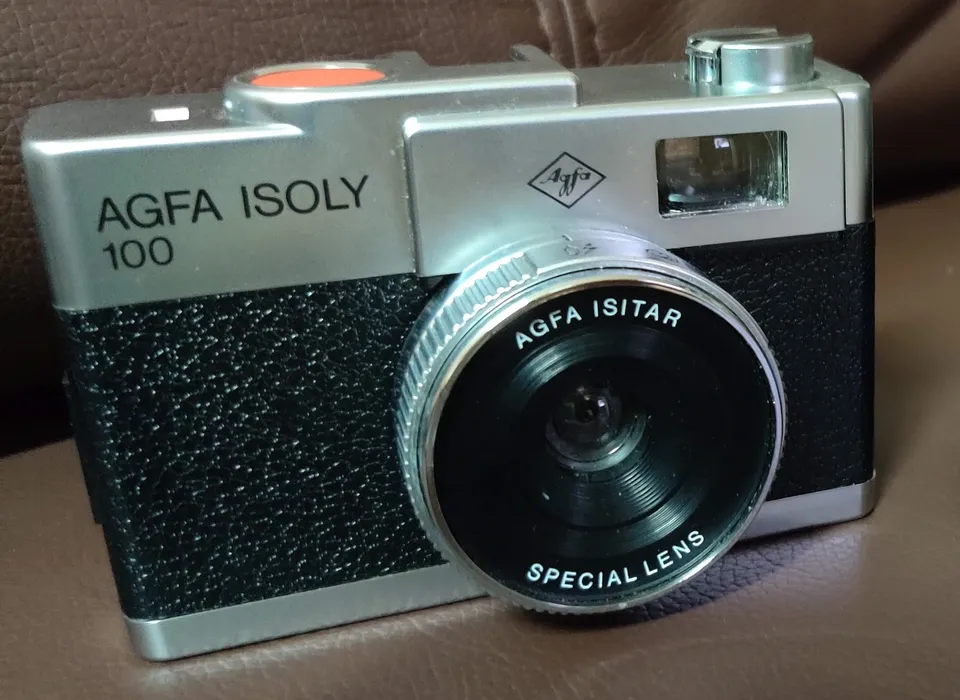
Information on this camera is sparse. The only websites I could find that contain useful details are Camerapedia and surprisingly, a review on Lomography.
Although branded as an Agfa and bears the big red shutter release button, the camera was actually made in Spain by Certex in the 1980s. This can be proven by the engravings at the bottom, and the striking resemblance to Certex's own Werlisa Club Color.
FABRICADO EN ESPAÑA POR CERTEX S.A. (Manufactured in Spain by Certex S.A.)
— engravings at the bottom of Isoly 100
Oh… So it isn't an Agfa in almost every way, shape and form except for the branding…
The camera is good for its small size and limited amount of nuisance to use, where aperture if fixed at f/11 f/8.2 (Update 2022-02-16: like the Isitar on Iso-Rapid C), and only 3 exposure settings: 1/100, 1/60 and 1/50. The hotshoe does work if a flash if shooting indoor. I didn't use Isoly 100 with my flash unit a lot though, because the flash is too big to carry around or hold up.
The camera came from the United Kingdom and vendor's shipping fee to Hong Kong was unreasonably expensive compared to the camera price (£10). Thus I instead arranged international shippment to Hong Kong via an UK warehouse.
The camera arrived in a simple package and is entirely plastic, including the lens. The film count shown on the top wasn't at 0 or A but I didn't pay any notice. The moment I opened up the back, I realized I had done something wrong—there was an unfinished roll of Agfa Vista 200 inside!
Roughly 10-12 shots out of the entirely roll had been shot, and only the first 2 shots survived this dumbass-opening-the-back accident. Actually, I believed I closed and re-opened the back another time just before I realized there are still half a roll unfinished.
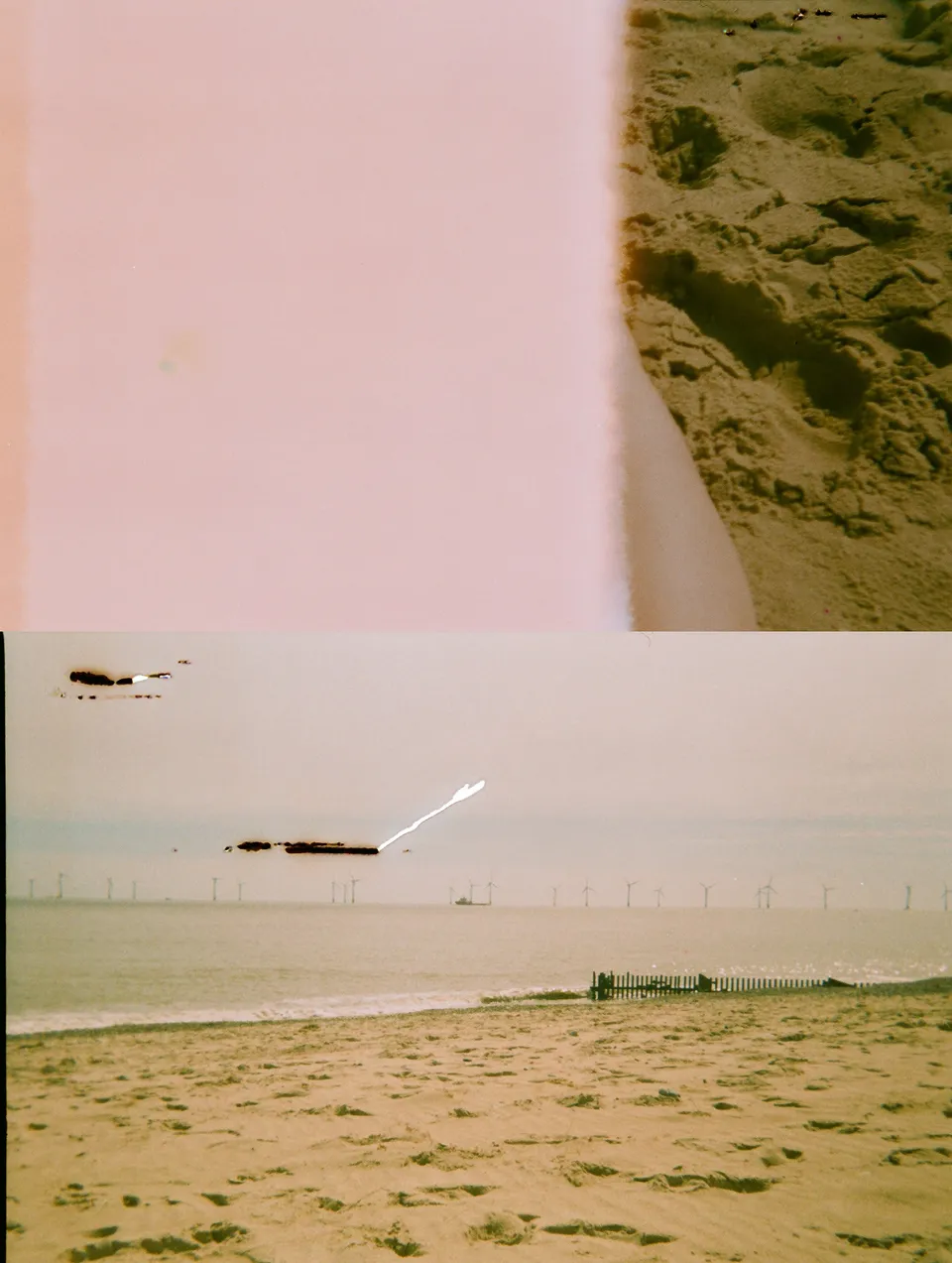
After the incident I went on to finish up the entirely roll, shooting 24 more shots. By 2020 the film Agfa Vista 200 had been discontinued for about 3 years, but nobody knows when the film was first put into the camera.
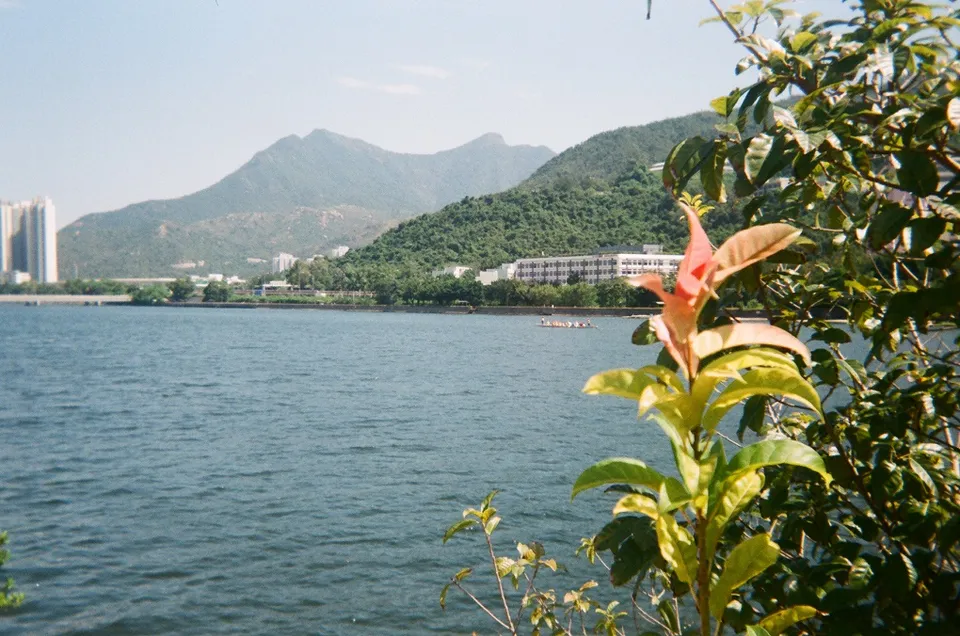
Results I got back after development were quite good. The color was vibrant and not showing any sign of old age, perhaps it was quite a recent roll. Next time buying a 2nd hand camera I should probably check whether there's a free roll of film inside.
While still no match for cameras with glass lens, Isoly 100 is quite a step up from the Kodak FunSaver with the options to change shutter speed for low light situation, and performs marginally better in terms of sharpness and distortion.
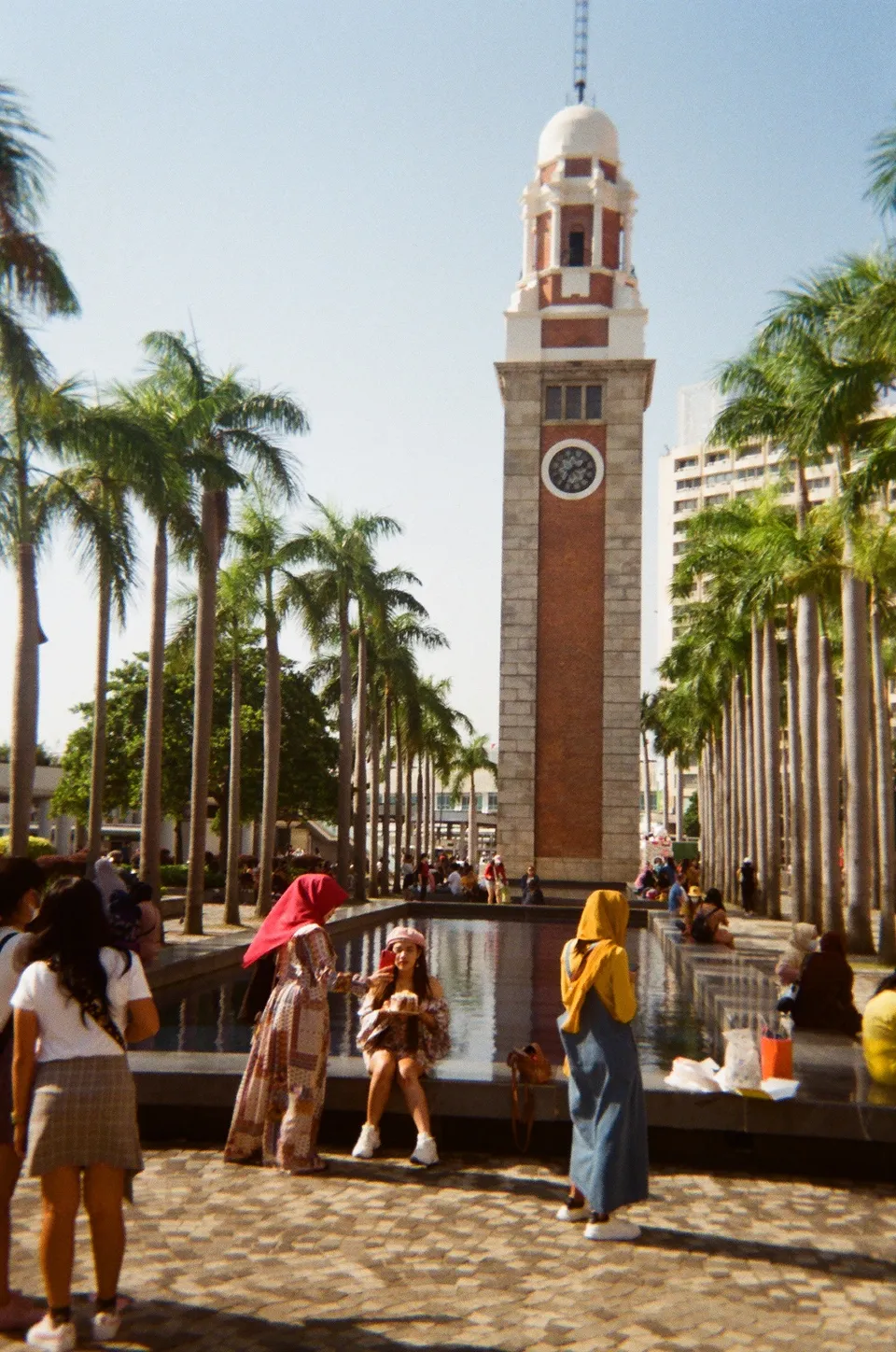
I found myself loading a lot of black and white rolls into this camera. Perhaps because I never wanted to shoot anything serious using black and white, and I didn't want to mess with exposure and focus. Isoly 100 was the best match for such use case.
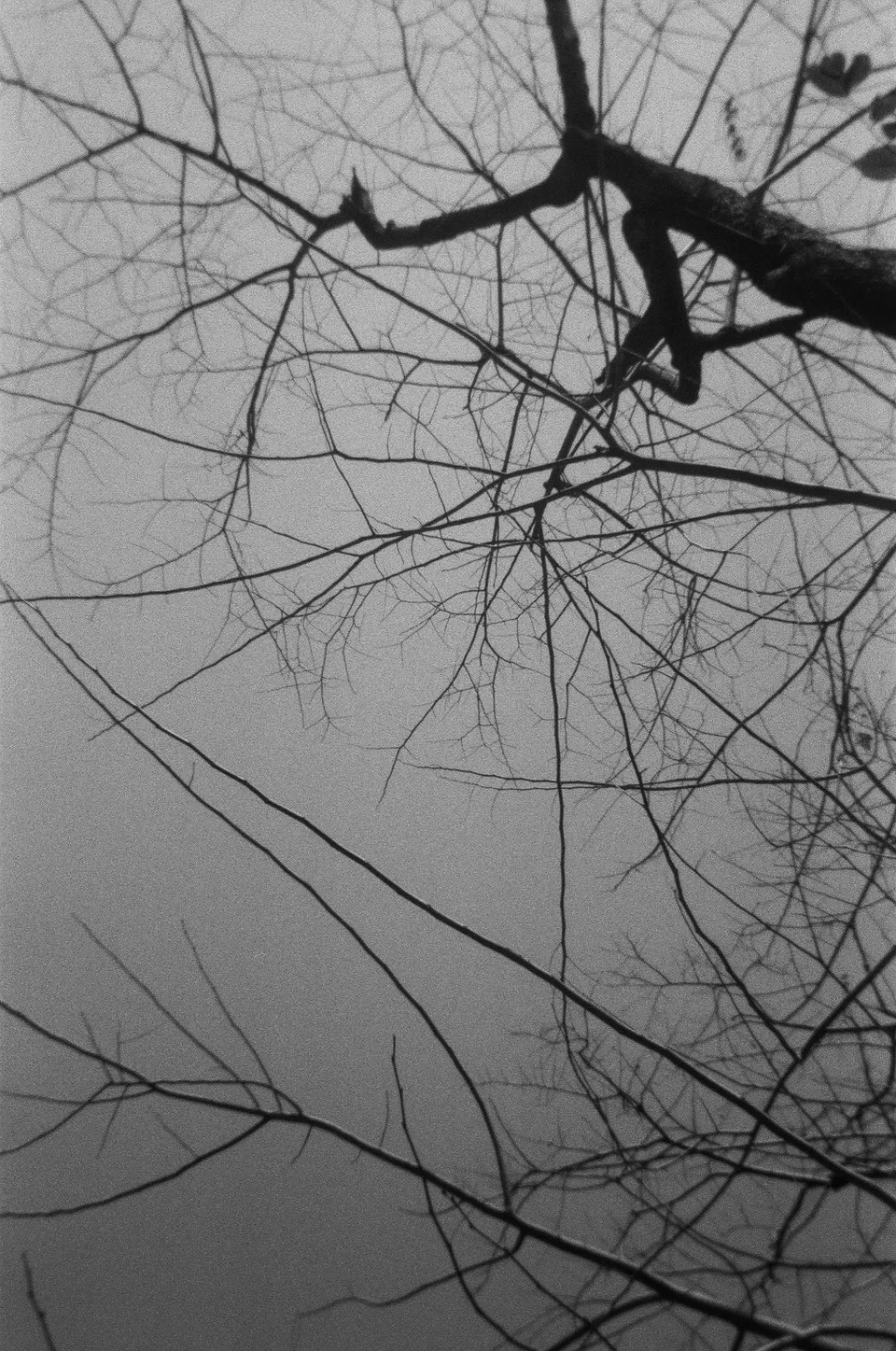
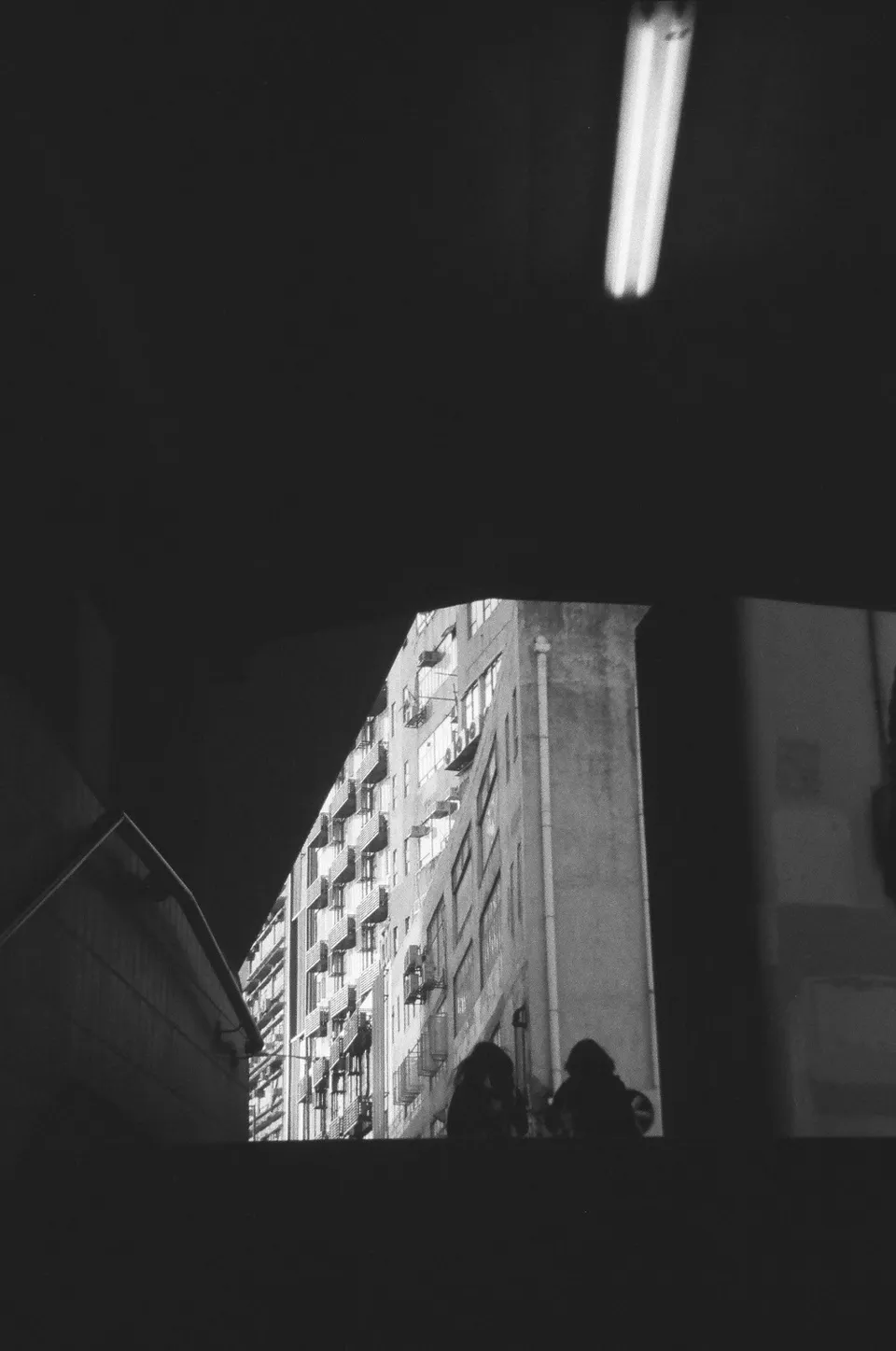
Update (2022-02-16): in relation to Agfa Iso-Rapid C
Today I discovered that Agfa Iso-Rapid C bears a striking resemblance to Isoly 100 in the body design and the lens used. Not saying they are the same because while both of the cameras feature an Agfa Isitar lens, the shutter on Iso-Rapid C is a Parator shutter with only 2 speeds.
Isomat-Rapid seems to have a Paratic shutter that Isoly 100 uses. I strongly suspect however, this Paratic is not the same Paratic shutter used on Isomat-Rapid and Optima 200/500 because those are likely stepless and electronically controlled by the exposure meter.
Oh... Iso-Rapid, Isoly 100, Iso...
I wouldn't know until I have gotten one of those -Rapid cameras on my hand to tell, but it feels a whole lot like Isoly 100 is an amalgam of these early siblings from the 1960s.
Could Isoly 100 have been created to use up those spare parts from its brothers because Rapid cartridge didn't really caught on?
That being said, if you want a more modern, Iso-Rapid-like experience without fiddling with Rapid cartridge and flashcubes, try Isoly 100 that uses 135 film and with a hotshoe.
